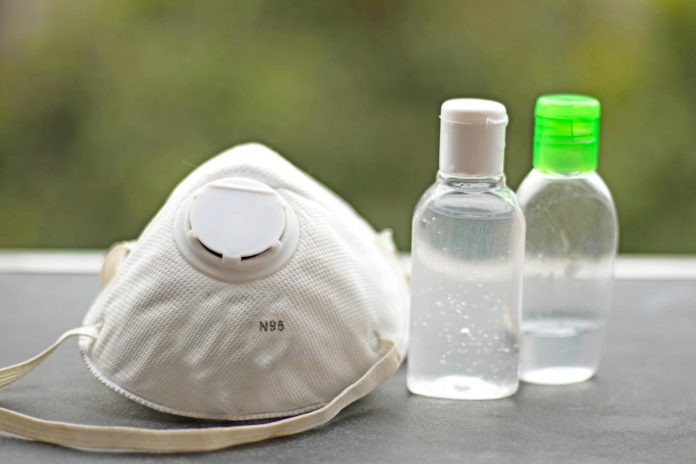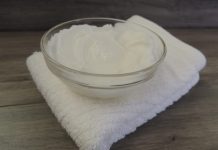Editor’s Note: For the sterilization of N95 respirators, the methods mentioned below are not approved or recommended by the CDC.
Individuals are becoming very desperate with the scarcity of surgical and N95 masks in the nation today.
Many people, probably because they have no other choice, make their own masks out of cloth. But it can’t be relied on by medical professionals. When at work, they are expected to wear proper personal protection equipment (PPE).
The N95 mask is the mask that everyone needs and the mask that has been touted as the one to use. Built to be a disposable mask, since the beginning of the pandemic, these have been in short supply. As most companies have donated their stocks to local hospitals, people who have them probably bought them before the pandemic struck.
If you’re one of the lucky people to use some N95 masks, you’re probably hoarding them, trying to get as much mileage out of them as possible. That probably means that when you should, you’re not changing them. These are disposable masks, intended to be replaced. The big risk of not removing your mask is that you might end up infecting yourself with the mask instead of the mask protecting you. Although the masks can physically last much longer than just one use, how can you be sure that it is safe to use a mask if it is not decontaminated after each use?
Fortunately, even though most people don’t mind, there are ways to decontaminate a N95 mask. If you rotate your stock using these strategies, your masks can last far longer, providing you with protection well beyond what would usually be required.
Related: 30 Supplies for Pandemic Survival
Using Time to Sterilize Your Masks
The best way to sterilize your N95 masks is possibly to just let them sit. How long the SARS-CoV-2 virus can live has been quantified by the CDC, placing an upper limit on it at three days.
However, that’s three days on a hard surface, like metal or plastic. On soft surfaces, viruses don’t live anywhere near them, as they do on hard ones.
It will cause the viruses to die by allowing your masks to sit somewhere safe, where no one is going to have contact with them, just by leaving them there.
If you can leave them there for four days, you can be sure that your mask will be virus free and ready to be used again when you go back.
Using Heat to Sterilize Your Masks
In the mid-1800s, the French scientist Louis Pasteur discovered that microscopic pathogens die at 159 °F, particularly bacteria.
Since then, the understanding has been expanded to include bacteria. So, if killing the virus is what we’re thinking about, all we need is to heat the mask up to more than 160°F.
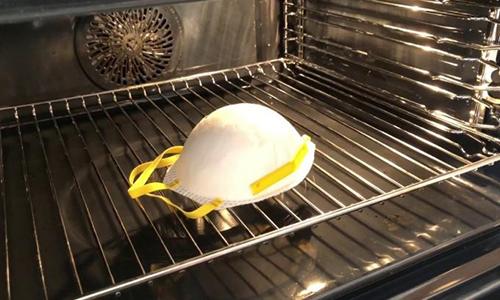
Putting it in one of the better food dehydrators is the best way to do this. Although your oven is going to get a lot warmer, we just don’t want to overdo it with the heat. If we can do it at 165 °F, to allow ourselves a few extra degrees of tolerance, then decontaminating it at that temperature, rather than 200 °F, would be much less harmful to the materials used in the filter.
While 165 °F or even 200 °F will not cause the paper to burn in the filter or melt the rubber in the elastic band, it will dry out the materials.
So, after a few attempts, you may see some drying of the rubber in the masks, making it more likely to break.
Using UV Light to Sterilize Your Masks
Ultraviolet light (UV light) between 200 and 400 nanometers has been shown to be uniformly deadly to bacteria as well as viruses.
This is used by hospitals to decontaminate rooms and to place wall scones with UV light in the hallways to destroy any bacteria or viruses in droplets that float in the air.
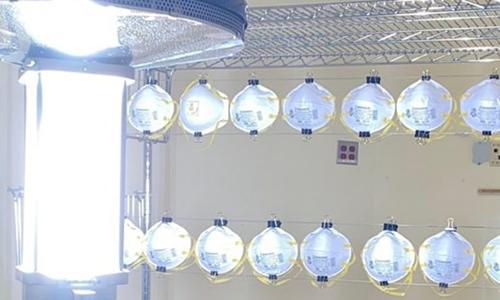

By leaving those masks out in the sun and allowing the virus to kill, we can use the sunlight for good. However, please note that this does not work well on a cloudy day, as 70% of the UV will be limited by the cloud cover.
Another alternative is to use a UV light indoors. For this reason, special lights are used, but a ‘black light’ of the kind used in fluorescent paint may also be used. These work between 320 and 350 nanometers, which is within the range required for the virus to be destroyed.
Related: 5 Easy Steps to Decontaminate Yourself at Home
Three Different Chemicals You Can Use to Sterilize Your Masks
One of the most prevalent means of disinfecting is chemical sterilization. The thing is, we’re dealing with a paper mask, so we have to be a little mindful about how we use it. Too much of a good thing could ruin your mask in the end.
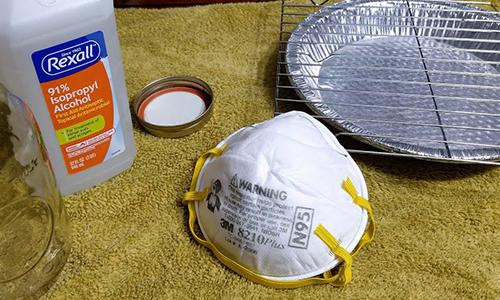

So what are these three chemicals?
- Chlorine bleach
- Rubbing alcohol
- Hydrogen peroxide
Editor’s Note: Using these three substances mentioned above can eliminate the static charge in N95 facial masks in the microfibers and can reduce the efficiency of filtration well below its 95 percent planned factory. So please use it at your own risk, and ONLY if it’s the only solution that you have left. Something is still better than nothing, after all.
Something to serve as a mold or shape is one thing that is required for this. This can be just about anything that is waterproof and the inside of the mask is about the same size. A tennis ball or inverted glass will work. As long as the mask can be left in the right shape until it dries, it’ll be all right.
We want to spray a fine mist of the chemical on the outside of the mask, in the case of any of these. To cover the entire surface, spray it thoroughly enough, without soaking the mask. Then put it on your mold and let it dry out. Before you use the mask, please remember that it must dry completely, as these chemicals can be harmful if you breathe them in.
Overnight, chlorine bleach will evaporate, which is just about perfect for the next day to use the mask again. But even if you use one of the other chemicals mentioned above, you still want to let the mask sit down overnight, allowing the disinfectant to dry thoroughly.
Important Note: When inhaled, all three of these disinfectants can be toxic. Take a good whiff to make sure you can’t smell the disinfectant when you first put a mask on which you have sterilized for reuse. Set it aside if you can, and do not use it. Instead, rinse the disinfectant off and allow the mask to air dry, before you try it again.



